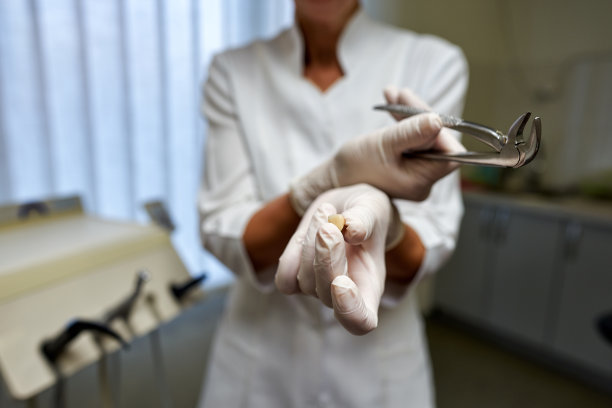Essential Precautions to Take Before Undergoing a Dental Filling Procedure for Optimal Oral Health and Recovery
Summary: Undergoing a dental filling procedure is an essential part of maintaining optimal oral health, especially when dealing with cavities or tooth decay. However, several precautions must be taken before the procedure to ensure both immediate comfort and long-term success. This article outlines four essential considerations: understanding the procedure and its implications, preparing your mental and physical state, communicating effectively with your dentist, and managing your post-procedure recovery effectively. By taking appropriate steps, patients can significantly enhance their experience and health outcomes, paving the way for a smoother recovery process.
1. Understanding the Dental Filling Procedure

Before undergoing a dental filling, its crucial to comprehend what the procedure entails. Dental fillings are designed to restore the function and aesthetics of teeth that have been damaged by decay or trauma. Common materials used for fillings include composite resin, amalgam, and gold. Each type has distinct properties and costs, and understanding these differences can assist in making an informed choice.
Becoming familiar with the procedure steps can alleviate anxiety. The process typically involves the dentist numbing the area around the affected tooth, removing decayed tissue, cleaning the cavity, and finally placing the filling material. Knowing what to expect can improve comfort levels and set realistic expectations for recovery.
Additionally, patients should inquire about any specific preparations they need to make prior to the appointment, such as food restrictions or medication adjustments. This information can help ensure that the procedure goes smoothly, minimizing discomfort and enhancing overall satisfaction.
2. Preparing Your Mental and Physical Health
Achieving an optimal mental and physical state before undergoing dental work is vital for a successful experience. Stress and anxiety can heighten sensitivity to pain, making the procedure more uncomfortable. Techniques such as deep breathing, meditation, or even yoga can help calm the mind, allowing patients to approach their appointments with a more relaxed demeanor.
Physical preparation should not be overlooked either. Ensuring a good night鈥檚 sleep leading up to the appointment can contribute positively to how one feels during and after the procedure. Additionally, maintaining a balanced diet rich in nutrient-dense foods can help the body heal more effectively post-procedure. Avoiding alcohol and caffeine can also help reduce anxiety levels.
Drinking plenty of water is also advisable for overall hydration, which can enhance recovery. A well-hydrated body is better prepared to handle the stresses of dental procedures and can help maintain saliva production, which is crucial for oral health.
3. Effective Communication with Your Dentist
Before the procedure, it鈥檚 important to communicate openly with the dentist about any concerns or questions regarding the treatment. Informing the dentist about any allergies, past dental experiences, or existing medical conditions is crucial for customizing the approach to your filling. Such discussions contribute not only to safety but also to the comfort level of the patient.
Asking questions can clarify doubts regarding aftercare, potential side effects, and expectations following the treatment. This includes understanding how long the numbing will last, what sensations are normal post-treatment, and signs that may indicate complications.
Moreover, discussing the options available for pain management during and after the procedure can help in alleviating anxiety. Knowing what to expect and having strategies in place can significantly enhance the overall experience, making the process feel more collaborative and less daunting.
4. Post-Procedure Recovery Management
After getting a dental filling, following the right recovery protocols can significantly impact healing. It鈥檚 essential to adhere to the dentists aftercare recommendations regarding eating and drinking. Generally, it鈥檚 wise to avoid hot, cold, or hard foods for a few hours post-procedure to allow the numbness to wear off and to avoid risking damage to the new filling.
Keeping the filled area clean is vital for preventing infection and further decay. Patients should maintain good oral hygiene by brushing gently and rinsing with a fluoride mouthwash, as recommended by dentists. Paying attention to any lingering discomfort or unusual sensations can help catch potential issues early.
If pain or discomfort persists beyond a few days, or if there are signs of complications such as swelling or severe sensitivity, contacting the dentist for a follow-up is crucial. Effective management during the recovery phase reinforces the success of the filling and overall oral health.
Summary: Preparing for a dental filling involves a comprehensive understanding of the procedure, mental and physical health preparation, effective communication with your dentist, and diligent post-procedure care. By following these essential precautions, patients can enhance their overall experience and promote optimal recovery.
This article is compiled by Vickong Dental and the content is for reference only.



